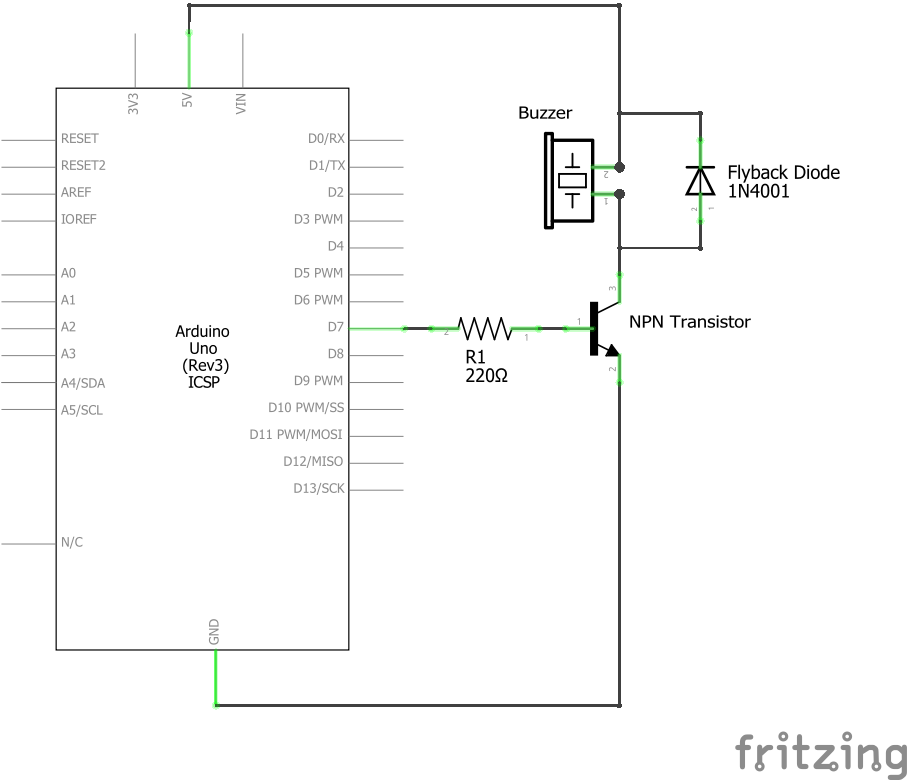
Active and Passive Buzzer for Arduino, ESP8266 and ESP32
A buzzer is a high frequency oscillator circuit used for generating a buzzing sound through a transducer or speaker output. Simple Buzzer using a Single Transistor
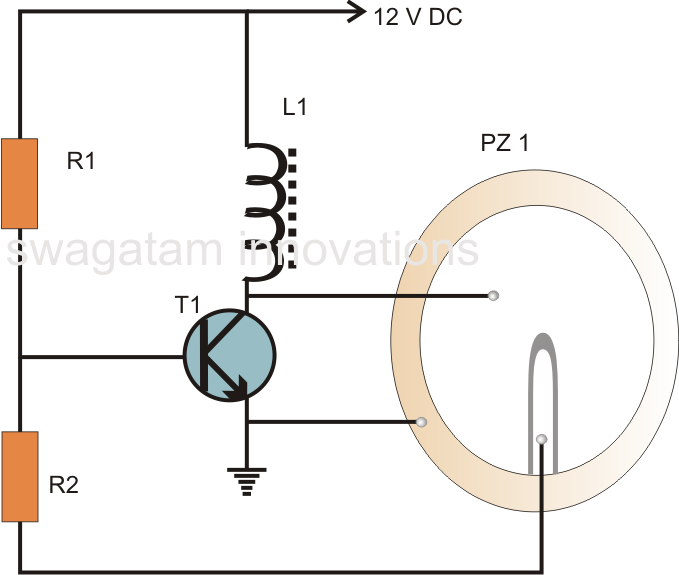
Hobby Electronic Circuits Simple Piezo Buzzer Circuit
Simple driver circuit. Shown in the circuit diagram below (Figure 1), is one of the simpler driver circuits for a piezo transducer buzzer, which is composed of an electronic switch, such as an FET or BJT, and a reset resistor. As this circuit requires only a few, inexpensive parts, it can be a popular choice for more basic designs.

Piezoelectric Buzzer Squishy Circuits’ Creations
Step-By-Step Instructions To Connect A Piezo Buzzer To Arduino. Project 1: A Simple Melody Tone On Arduino Using A Buzzer. 1) Start with the Arduino and a buzzer. 2) Connect the Buzzer black wire to the Arduino GND pin. 3) Connect the red buzzer wire to Arduino PIN8. 4) Arduino Program to create a simple Melody using Piezo buzzer.
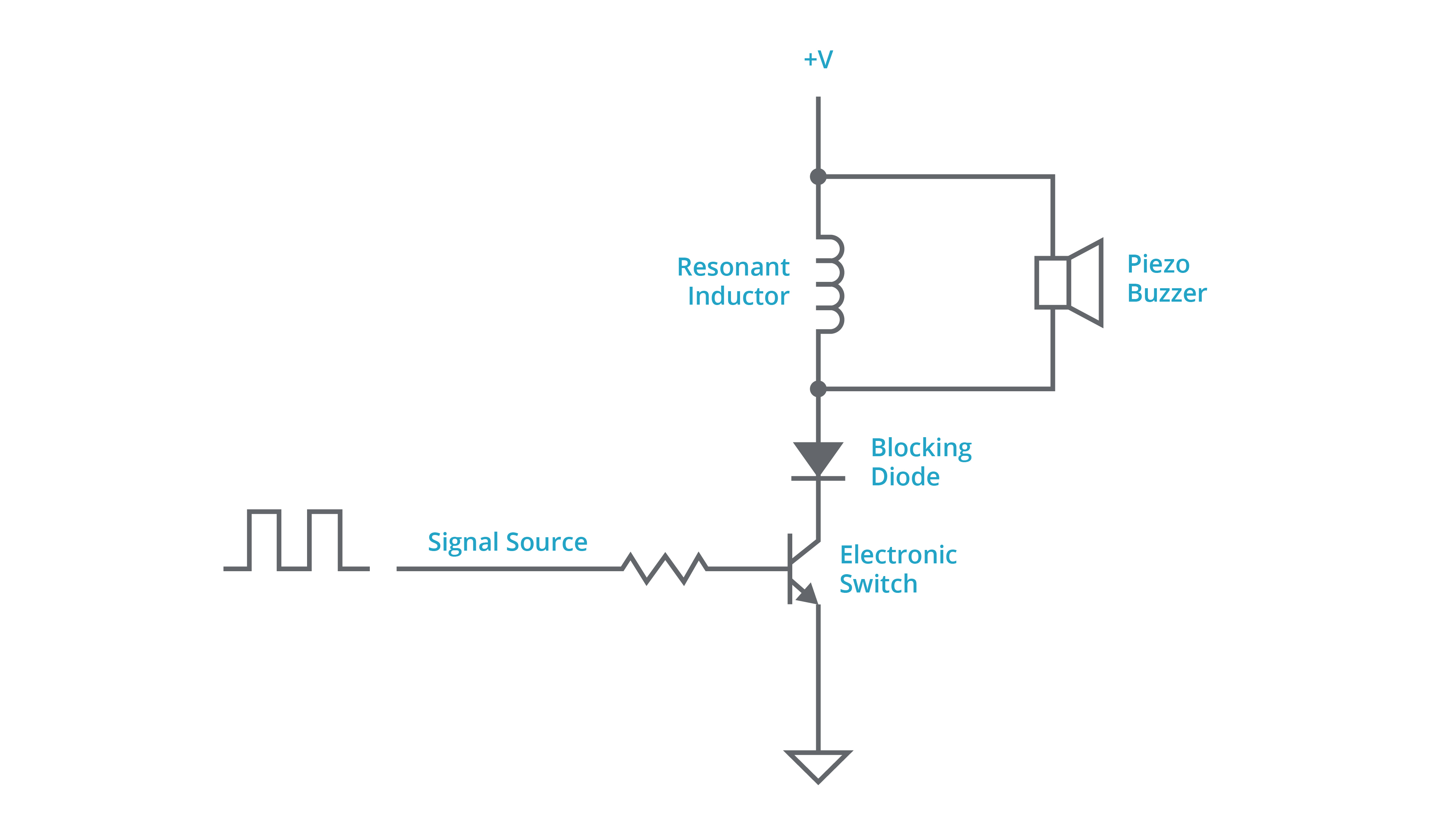
Driving piezoelectric transducer buzzers
Arduino Buzzer Circuit for Beginners Created on: 13 May 2013 This article and circuit diagram show how to connect a buzzer to an Arduino when the buzzer operates at a different voltage to the Arduino. The buzzer may operate at 9V, 12V or some other voltage. Arduinos such as the Arduino Uno operate from 5V.
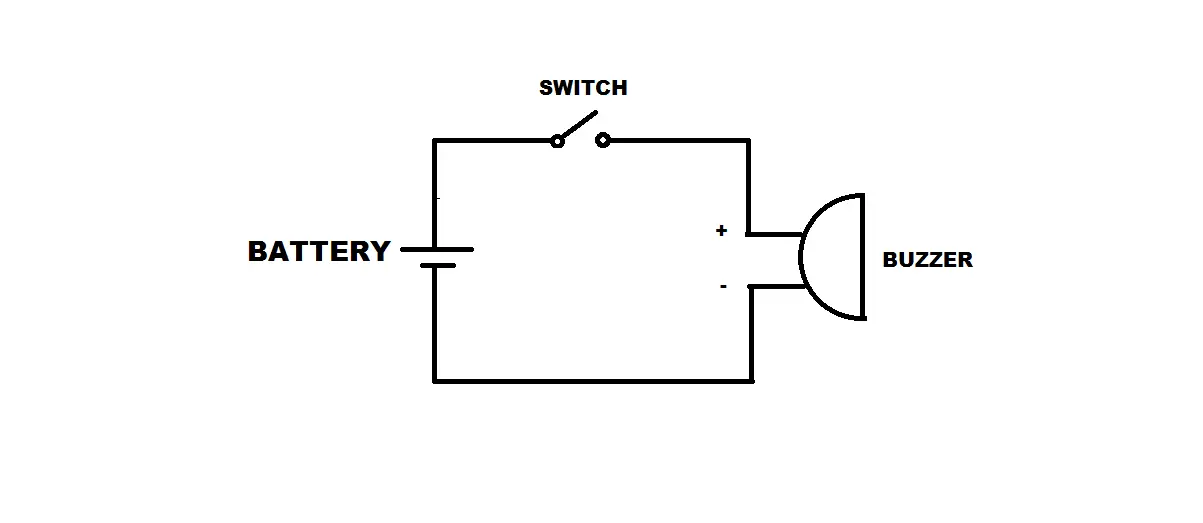
Can a buzzer function as a switch in a circuit? Electronic Guidebook
A buzzer or beeper is an audio signaling device, [1] which may be mechanical, electromechanical, or piezoelectric ( piezo for short). Typical uses of buzzers and beepers include alarm devices, timers, train and confirmation of user input such as a mouse click or keystroke. History Electromechanical

avr Control 5 V buzzer using 5 V microcontroller (which can't drive it directly) and a single
What is a Buzzer Circuit? In this process, we would use an armature as a key (secondary) in the circuit we have. When the armature is brought or pulled down, it would disconnect the circuit. This would result in the nail losing its strength of magnetism, which would make the armature to pull back again.

Simple Buzzer Circuit with NE555 IC
Step 1: What You Will Need For this tutorial you will need: Arduino uno Breadboard Buzzer / piezo speaker 100 Ohm resistor (optional) Ask Question Step 2: The Circuit The connections are pretty easy, see the image above with breadboard circuit schematic. Ask Question Step 3: The Code Here's the "Tone" code, embedded using codebender! How it works?
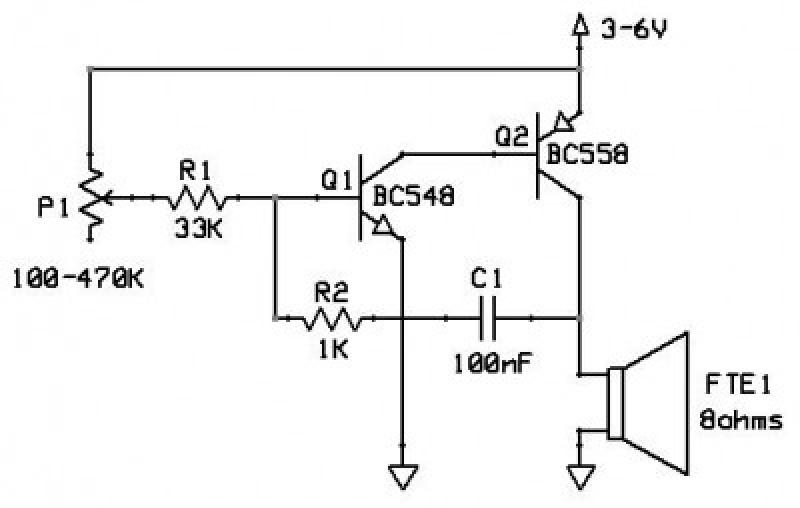
beeper buzzer circuit Page 2 Audio Circuits Next.gr
Step 1: Adding the Components. First, place the 9-Volt battery snap in the breadboard, the red wire going to the positive side, and the black going to the negative. Connect the black wire from the negative to the board. Next, place the buzzer right beside the wire facing horizontally. Ask Question.
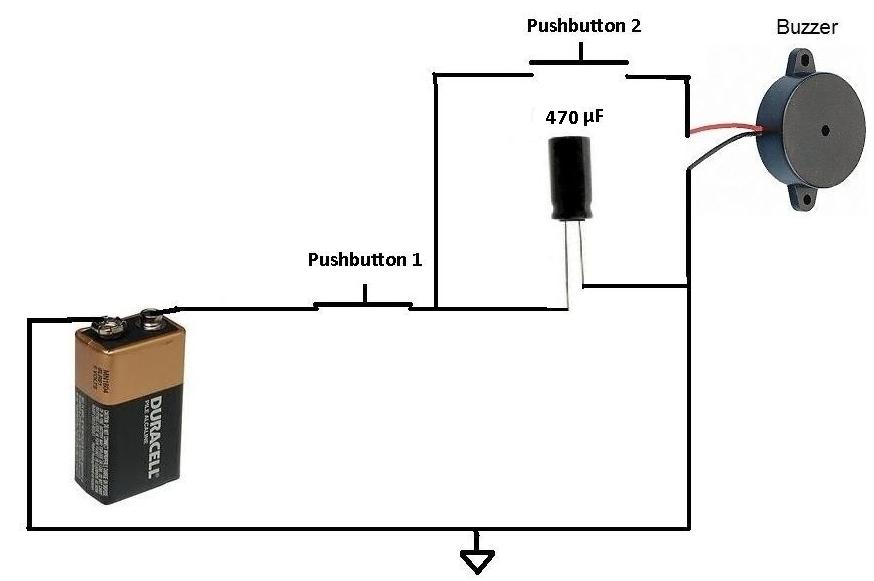
How to Make a Buzzer Produce a Chirping Sound
The Working Principle of the Buzzer Circuit Buzzers are sound devices that can convert audio signals into sound signals. Buzzers are more like simple circuits powered by direct current ( DC ). Also, you can use it for different applications like alarms, printers, computers, and other electronic products that produce chime sounds.
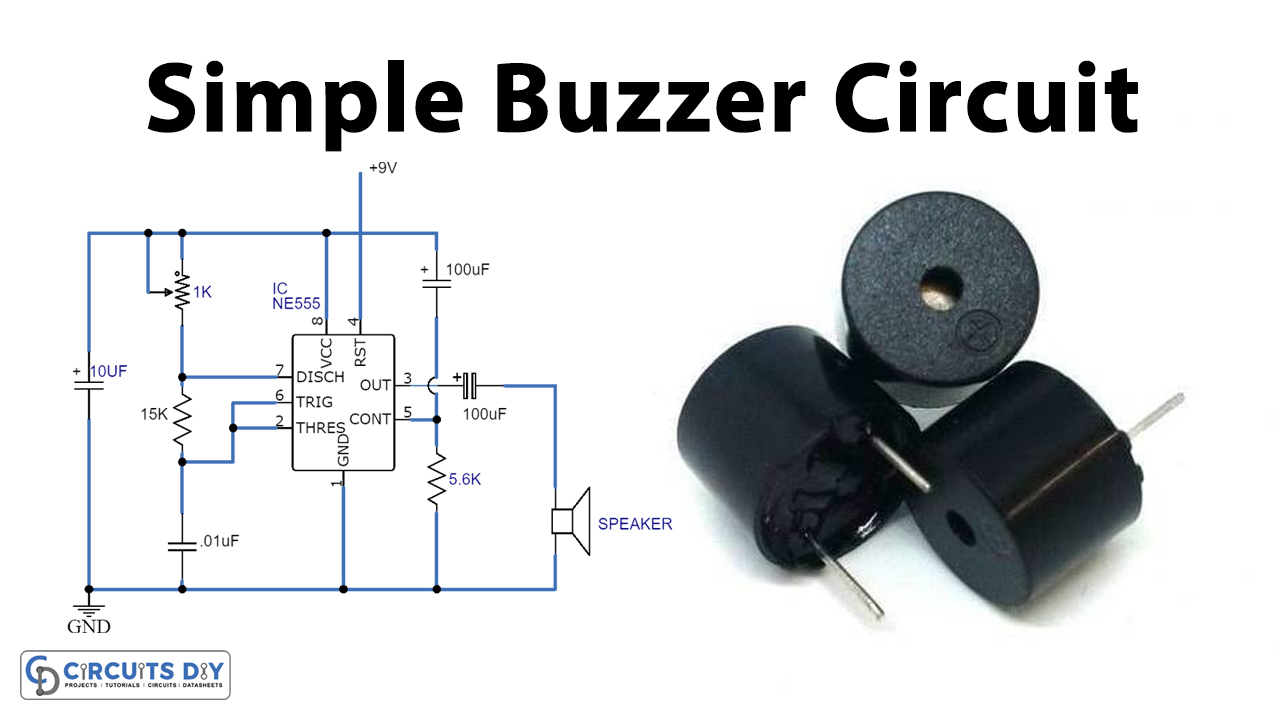
Piezo Buzzer Circuit Diagram Wiring Diagram
Step 1: Build the circuit. Step 2: Download the code from https://github.com/primerobotics/Arduino Step 3: Upload the sketch to the Arduino Uno board Click the Upload icon to upload the code to the control board. If "Done uploading" appears at the bottom of the window, it means the sketch has been successfully uploaded.
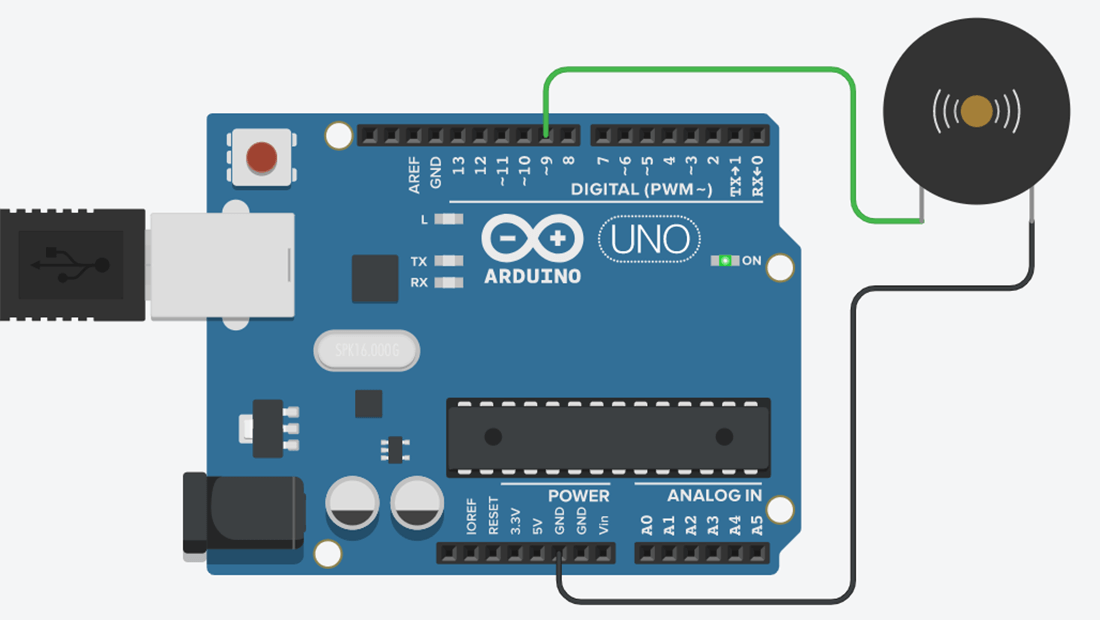
Arduino Buzzer Tutorial Circuit Geeks
1-48 of over 1,000 results for "circuit buzzer" Results Price and other details may vary based on product size and color. 6 Pack 3-24v Piezo Electric Tone Buzzer Alarm dc 3-24 v for Physics Circuits Continuous Sound 206 $835 FREE delivery Sat, May 20 on $25 of items shipped by Amazon Or fastest delivery Thu, May 18

Cara Membuat Buzzer Circuit YouTube
Now you'e ready to use the tone function in SimpleIO to play a tone on a pin connected to a piezo buzzer. Try the following to play a 440 hz tone for 1 second: Download File. Copy Code. simpleio .tone (board.D5, 440, duration= 1.0 ) You should hear a 440 hz tone, or an A4 note, played for one second.

Electronics for Kids Build an Alarm System Inspiration Laboratories
In my case I use the IRLZ44 NPN MOSFET as low-side transistor to control the buzzer. NPN transistor: Because we want to turn the active or passive buzzer on by setting the digital pin of the microcontroller HIGH. Low-side switch: The transistor is on the low (ground) side of the circuit and the buzzer is connected on the high (5V or 3.3V) side.
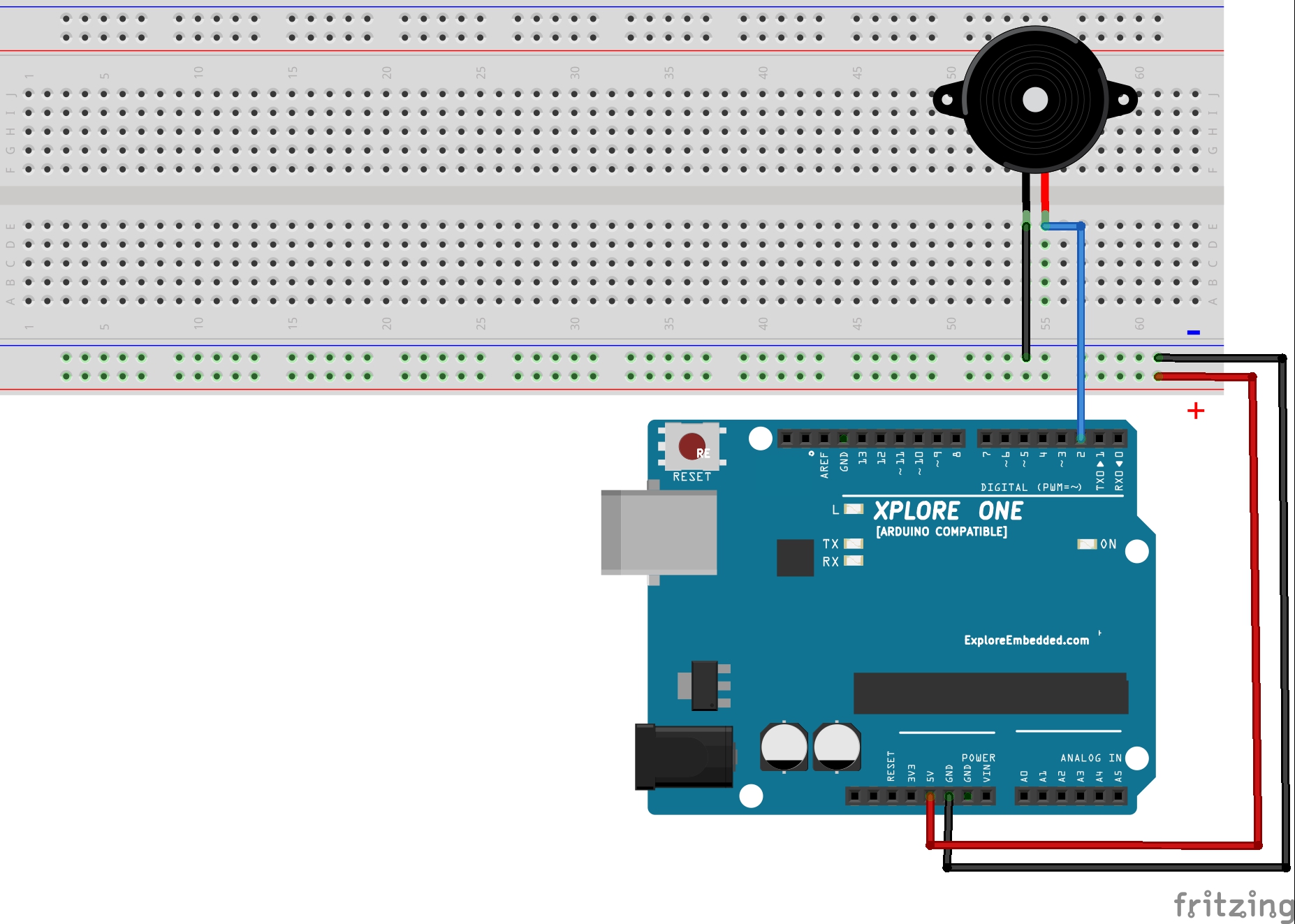
3 Make some noise with buzzer Tutorials
Figure 1: simple electronic buzzer circuit diagram using two-transistor By has both resistors- R=1.2K and C=0.047uF to set the output frequency. Which can change slightly the value of both components, so the output sound changed. However, from the experiments, this value will be the best frequency. The components list
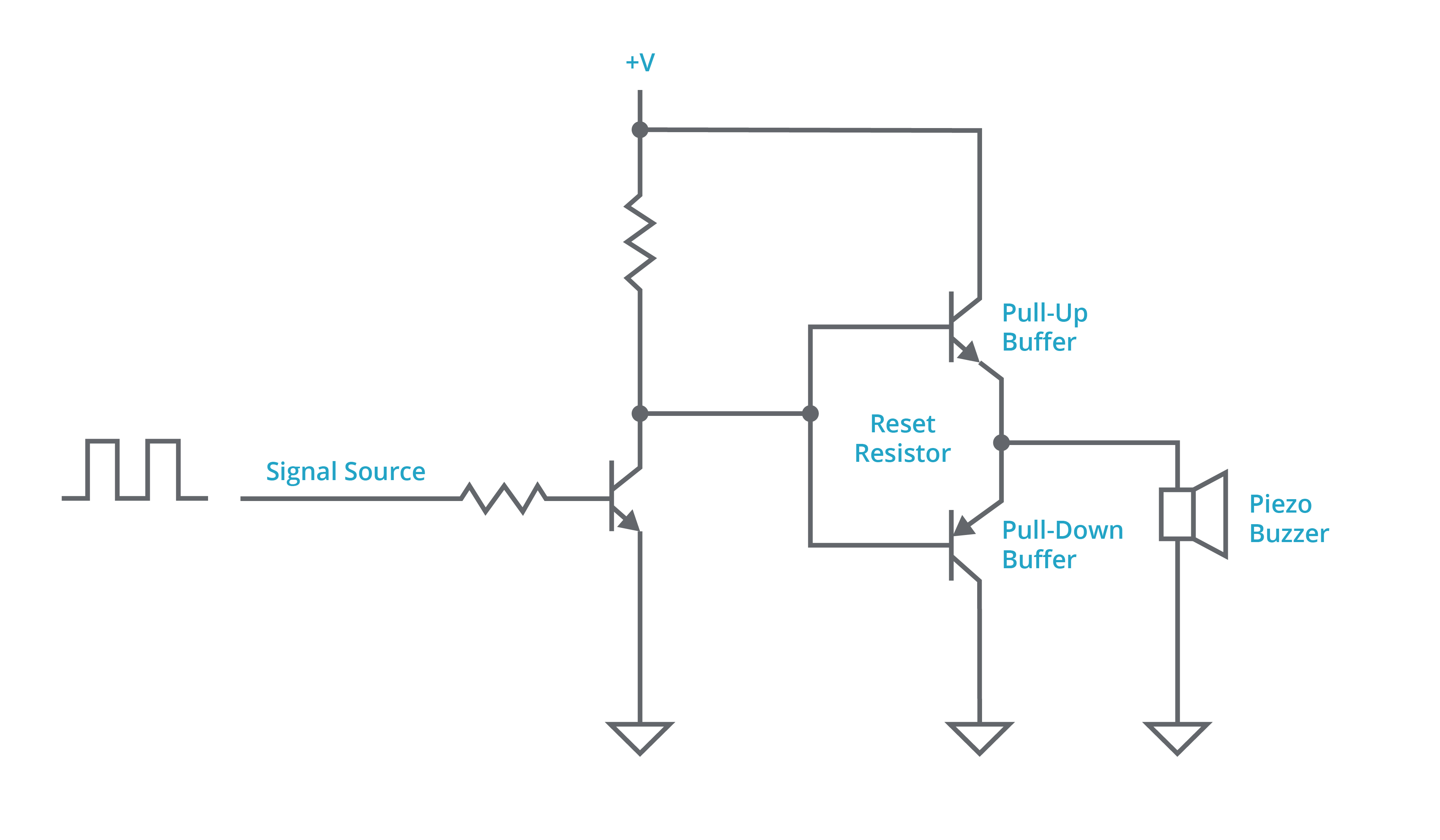
Piezo Buzzer Circuit Diagram Wiring Diagram
Mechanical Electromechanical Magnetic Piezoelectric As the name suggests, the piezoelectric type uses the piezoelectric ceramic's piezoelectric effect & pulse current to make the metal plate vibrate & generate sound.

Buzzer Driver Circuit Electrical Engineering Stack Exchange
Open Arduino IDE, select the right board and port. Copy the above code and open with Arduino IDE. Create the pitches.h file On Arduino IDE: Either click on the button just below the serial monitor icon and choose "New Tab", or use Ctrl+Shift+N. Give file's name "pitches.h" and click "OK" button.